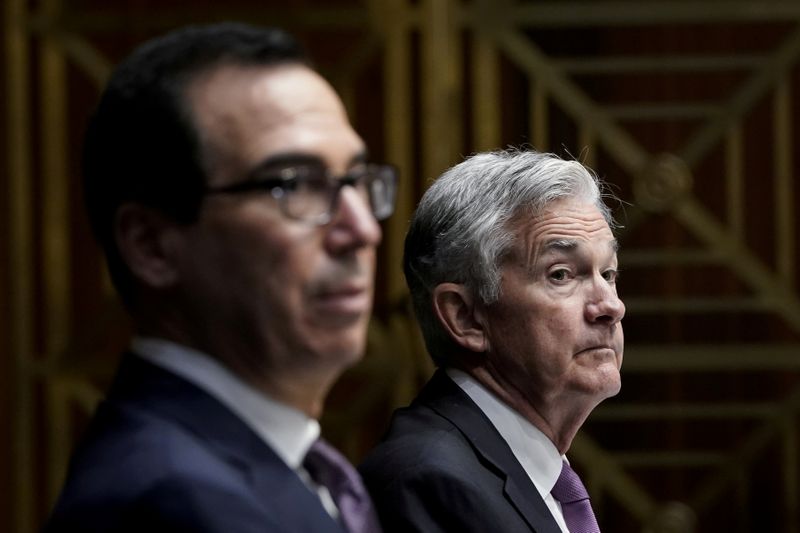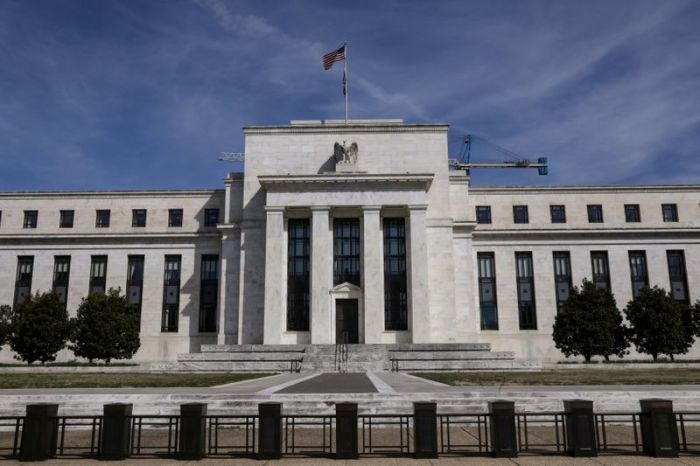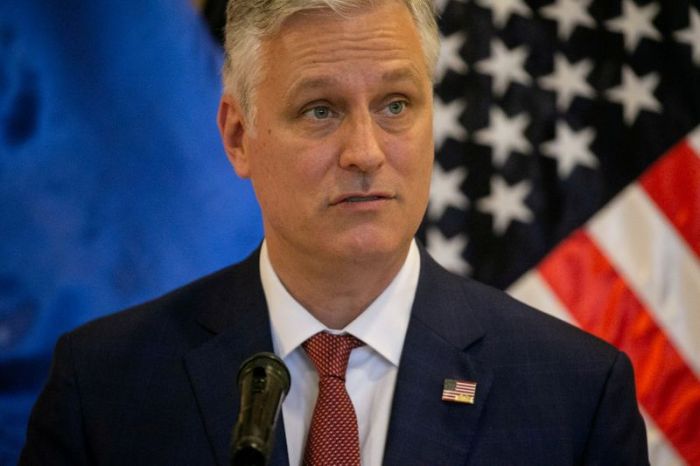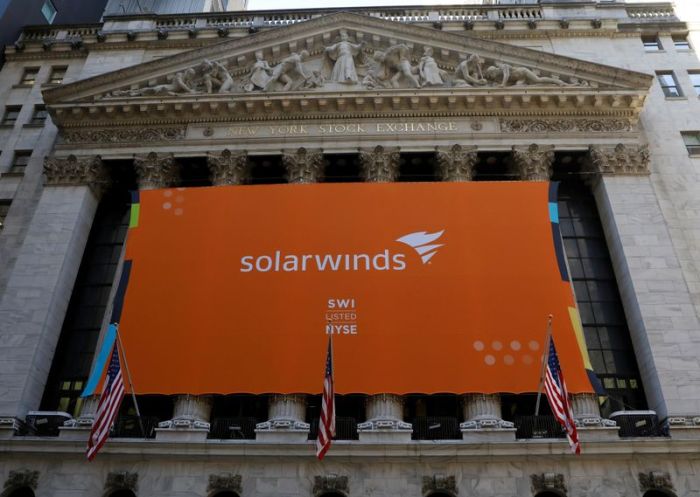WASHINGTON (Reuters) – “Boneheads.” “Pathetic.” An “enemy” of the United States. President Donald Trump was often vicious in his critique of the U.S. Federal Reserve, bashing the central bank governors’ monetary policy decisions with tweets and verbal barbs, while trying to stack its board with cronies.
In the end, the guard-rails mostly held. The Fed on Wednesday concludes the last Federal Open Market Committee meeting with Trump in the White House. The bank has avoided the sort of reputational damage suffered by many federal agencies, like the Centers for Disease Control or the Environmental Protection Agency, where politics seemed to gain a foothold over technical expertise and original mission.
Trump’s presence was surely felt, perhaps most notably through Fed moves to relax financial regulation.
But it was not, however, all of what the president intended.
“RAISING RATES – REALLY?”
Trump broke many conventions as president, and his handling of the Fed, which is self-funded and makes monetary policy decisions independent of the White House, was no different.
Just a few months after appointing Jerome Powell as chair in November of 2017, Trump made it clear he was, unlike his predecessors, willing to talk bluntly about what he wanted from the central bank. What he wanted was zero or even negative interest rates, aggressive bond buying and soaring stock markets to back his boasts that the U.S. economy was the strongest ever.
“Debt coming due & we are raising rates – Really?,” Trump said on Twitter on July 20, 2018, an early taste of his regular critiques of Fed policy and personnel during his presidency.
Some of the comments rattled Fed officials, in particular when Trump compared Powell to Chinese leader Xi Jinping, and asked, “My only question is, who is our bigger enemy, Jay Powell or Chairman Xi?”
But notably through 2017 and 2018, the Fed continued with interest rate hikes as it deemed appropriate, given the strong economy and low unemployment, even as Trump threatened publicly to “demote” or fire Powell.
STRONGER ECONOMY, HIGHER RATES
The rate hikes, including four under Powell in 2018, were actually a bit of a compliment to Trump. It may be hard to recall during the pandemic recession, but during his first two years in office, the economy experienced a “Trump bump” as tax cuts and an unexpected gusher of federal deficit spending led to faster growth than Fed officials expected.
The rate increases, a matter of still-intense debate among policymakers and analysts, were the Fed’s way of keeping up with a possibly accelerating economy.
Then just as Trump’s policy had given, so it began taking away. The administration’s intensifying trade war, along with the impact of higher interest rates, began to slow the economy in late 2018. By early 2019, Powell began a high-profile pivot away from monetary tightening and toward an effort to keep the recovery on track.
That meant Trump eventually got the very rate cuts he demanded – but partly because he’d thrown sand into the gears of global commerce.
NEVER TRUMP’S FED
Washington politics, nonetheless, forced the Fed into some uncomfortable positions.
The Treasury Department’s recent order to shut down a slate of Fed pandemic lending programs, over the Fed’s objections, showed a central bank drawn deeper into politics, said George Washington University political science professor and Fed historian Sarah Binder.
“They are just in a highly partisan, highly competitive, fraught political environment and it is hard to insulate,” Binder said. The Treasury decision, announced days after Trump lost the November presidential election, was criticized by President-elect Joe Biden’s team as “deeply irresponsible” given the millions of Americans still out of work.
Although “partisanship is pushing at the door of the Fed,” Binder said, “it has not seeped in, in a crass legislative sort of way.”
Perhaps the most notable oddity: As much as Trump hated the central bank, he himself named the key players. Four of the five Fed governors responsible for policy in the Trump era, including Powell, were handpicked by the president for their current roles.
Just as Supreme Court justices can disappoint their patrons, this was never fully Trump’s Fed. His choices in particular of Powell, Vice Chair Richard Clarida, and Vice Chair for Supervision Randall Quarles were shaped by Wall Street veterans in the administration like Treasury Secretary Stephen Mnuchin and former economic adviser Gary Cohn.
Their appointments were made initially with an eye toward keeping markets confident and loosening financial industry regulation – arguably Trump’s clearest win at the central bank.
After Trump’s anger at the Fed peaked in late 2018 and 2019, the approach shifted. He began considering more partisan figures like the late pizza-chain executive Herman Cain and 2016 campaign economic adviser Judy Shelton for the Fed board.
Those appointments arguably could have corroded the Fed’s standing and independence. But none made it through the full nomination and congressional confirmation process.
A second Trump term would have given him the chance to name a new chair. Now that choice will be President-elect Joe Biden’s, when Powell’s term ends in February 2022, 12 months after Trump’s own term expires.
(Reporting by Howard Schneider; Additional reporting by Ann Saphir; editing by Heather Timmons and Dan Grebler)
























